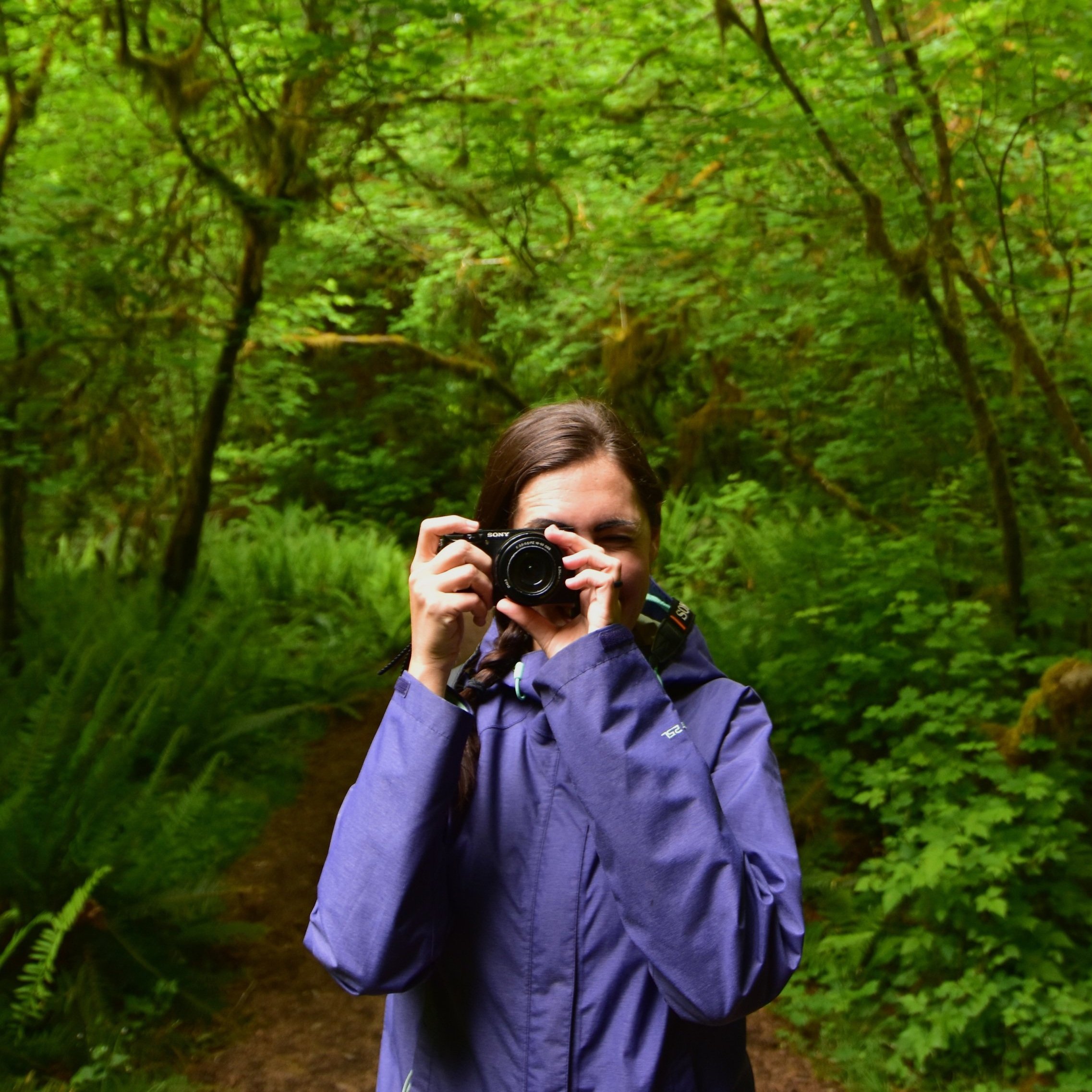Filling in the Blanks
Originally written April 22, 2015
My colleague who was infected has tested negative for Ebola and been discharged from the National Institutes of Health. The 16 Americans being monitored as “high risk” contacts have all passed 21 healthy days. My cohort – the clinicians with whom I trained, traveled, and worked – are all home and well past their 3 weeks of monitoring. I am back at my day job. By all accounts, my experience as an Ebola responder has finally come to a full stop.
But issues still linger, and details of what we went through are still coming to light. I know a lot of you have questions, because I’ve heard them from you, the most common one being: “All of a sudden you just stopped writing… What happened?”
Since many of the details have come out in the news, and because all of the clinicians involved are home and healthy, I think now is an appropriate time to fill in some of the details. I would never endanger the privacy of anyone I worked with, so some aspects of the story will be vague. Most of it you could piece together by picking through the news over the last several weeks, but I can share with you how it felt to be in the eye of the storm.
My last good day in Sierra Leone was a Tuesday, the day before I found out that our colleague had Ebola. It was my first day off since arriving in country, and I had plans to meet some friends from my cohort at the beach. After a few days of training and working at Maforki Ebola Treatment Unit, the twelve of us had been split up to work at different facilities based on where Partners In Health clinical leaders thought we would be most useful. Most of my cohort had remained in the Port Loko district to either continue working at Maforki or to help out at Port Loko Government Hospital, where patients with non-Ebola related health issues were treated.
While it may seem like Government Hospital would be an ideal place to work since you wouldn’t have to worry about Ebola, in reality many of us felt that working there seemed more dangerous than suiting up at Maforki each day. In an Ebola Treatment Unit, at least you know for sure that your patients have the deadly disease, and each time you interact with them, you take the proper precautions. Government Hospital was more of a gray area. It was expected that no patients with Ebola would enter the facility, so clinicians had no need to don their full Personal Protective Equipment (PPE) when entering the wards. Just like in the States, if you’re treating a patient for cancer or malaria, there’s no need to wear a hazmat suit to do it.
But what if a patient slipped through the imperfect triage system and was admitted to the hospital with Ebola, under the assumption that it was a different disease? Or, what if someone was admitted while incubating the virus but before becoming symptomatic?
Ebola has a 21 day incubation period, meaning that if I am exposed to the virus, I could walk around for up to 21 days without showing symptoms and without being contagious. I often wondered how strictly the patients at Government Hospital were being re-screened after admission. If a patient was admitted with malaria and a few days later started showing symptoms of Ebola, would it be caught in time to protect the clinicians who had been treating him without full PPE?
I never worked at Government Hospital, so I really can’t say for sure. I have heard varying opinions from the doctors and nurses who served there: Some say they felt perfectly safe, and others say they had serious concerns from their first shift there. It was at Government Hospital that our colleague who turned out to have Ebola collapsed, and several other clinicians came to his aid, assuming he had fainted from heat exhaustion.
I never saw Government Hospital for myself because, as you know, I was sent back to Freetown to work at Princess Christian Maternity Hospital, the Ebola Holding center for pregnant women. I loved that work.
The plight of pregnant women in Sierra Leone was like nothing I’d ever seen; I felt my skills as a labor and delivery nurse were sorely needed, and I woke up excited to go to work each day. I noticed imperfections in infection prevention and control policies from day one, but I did my best to protect myself while I worked with my colleagues to address them. While I wished my concerns had been taken more seriously, my desire to continue my work completely outweighed the level of risk I felt I was taking.
A day off at the beach before we learned that our colleague had contracted ebola.
When my day off coincided with that of a good friend who worked hours away at Maforki, I jumped at the chance to meet him at the beach to decompress and share our experiences. It was a fantastic day of swimming in the surf, sunning ourselves on the beach, and unloading difficult stories of our work over a healing beer or two. It was jarring to turn back from the gorgeous turquoise waves and think that a short drive away, people were fighting a deadly disease in horrific conditions. But we put Ebola aside just for the day, and lingered as long as we could while the sun sunk lower and lower toward the water, until we knew it was time to head back to reality. I felt recharged and excited for the next day at work.
Among the stories my friend shared with me that day on the beach was the news that our colleague had collapsed while working at Government Hospital. To be honest, we thought nothing of it. Sierra Leone is very hot and clinicians are working very hard; it didn’t surprise me to hear that one of us had passed out from the effort. If you’re used to working in an air-conditioned hospital with plenty of staff, it would be a shock to the body to run from one emergency to another in a poorly-ventilated ward in 90-degree heat.
I told my friend to give our colleague a hug and a stern talking to about taking better care of himself when he saw him next. Without going into the details of his situation, I simply did not feel we had any reason to worry about him.
I was still in my pajamas the next morning when a Partners in Health staff member knocked on my door and asked me to get dressed and come downstairs for a meeting. Again, I thought nothing of it. It wasn’t until everyone was assembled and leadership started telling us that in four months of working in West Africa, PIH had never had a clinician become infected with Ebola yet, that I started to feel the weight of what was coming. It settled in heavy on my shoulders, and I knew what he was going to say before he said it.
Our colleague had tested positive for Ebola.
It was a difficult moment to process because most of my friends were hours away in Port Loko. Almost everyone else in Freetown at that time was from a brand new cohort that had just arrived in country. I was one of only a few people there who even knew who the infected clinician was, and I certainly wasn’t going to share that information.
So I went back upstairs, put on my scrubs, and went to my Ebola Holding Unit to work. I donned my PPE and went into the Red Zone, trying to focus on the task at hand rather than the questions swirling through my head.
The next few days were a whirlwind. I don’t feel it would be helpful right now to share every detail of how things played out, or to pass public judgment on how PIH handled the situation, whether positive or negative. As you know from the news, one of PIH’s Sierra Leonean clinicians fell ill with Ebola shortly after our colleague was diagnosed, and in the end 16 American clinicians were sent home on chartered flights after the Centers for Disease Control deemed them “high risk” for having had physical contact with the infected clinicians after they became symptomatic.
It was a frightening few days, and more than a few times I thought to myself, “Am I next?” I have complete certainty that our American colleague followed procedures exactly, just as I felt I had. Where was the breach that exposed him? Had he and the Sierra Leonean clinician made the same mistake without realizing it? Had I?
An investigation into infection prevention and control procedures at PIH facilities was of course initiated by PIH leadership. My colleagues and I stepped forward with issues and suggestions, while we waited to see what the next step would be.
After a few days, myself and most of my cohort reluctantly decided that it was no longer safe to continue our work there. Please don’t think for a moment that we took this decision lightly. I can say with certainty that absolutely no one I worked with wanted to leave. Least of all me.
I felt that the work we were doing at PCMH was incredibly important, and I honestly wish I could still be there. In dark moments I think about the women I could have helped if I had stayed longer, and I hope I didn’t abandon someone to die because I wanted to protect myself. Again, I won’t go into the specific details of what made me feel I needed to leave, but I was (and still am) confident in my decision, although it broke my heart to walk away.
I don’t doubt the good intentions of Partners In Health. They leaped into the fray in West Africa several months ago when the outbreak was at its peak, when they certainly didn’t have to. The first teams of PIH clinicians bravely provided care at Maforki when there were 100 patients in absolutely horrific conditions. Having been there when we had 10 patients, I am in awe of those first teams.
But could things have been done better, made safer, the level of care improved more in the interim between those first days and now? I think so. The events of the last several weeks have shed some light on those issues, and on what changes need to be made.
Since I left Sierra Leone, I am hopeful that PIH has been addressing infection prevention and control issues and improving the safety of their clinicians while continuing their commitment to the people of Sierra Leone. By their own admission, emergency response isn’t PIH’s specialty; they are an organization that normally works on long-term development projects. As cases of Ebola drop to the single digits in Sierra Leone and to zero in Libera, PIH’s real expertise will come into focus: Health system strengthening. After the last case of Ebola is over and emergency response groups have left, PIH will remain in Sierra Leone and Liberia for years. They will continue to work in government hospitals and rebuild health systems that were ineffective to begin with and completely destroyed by the outbreak.
Here’s a perfect example: In Sierra Leone, when a person is admitted to the hospital a family member normally stays with them. This family member does much of what is considered to be “nursing care” in America: feeding, bathing, turning the patient. Sierra Leonean nurses do not regularly assist patients with these activities because there is always a family member at the bedside to do it. After Ebola ran rampant through hospitals, spreading from patient to patient and killing healthcare workers, no one wanted to set foot in a hospital any longer. No one can sit by the bedside of a family member with Ebola and expect to escape infection themselves. Even when Ebola patients were isolated to separate Ebola Treatment Units, and regular hospitals began to resume care for other illnesses, the fear remained. It will be a challenge to convince Sierra Leoneans that it is safe to bring sick people to a hospital, and to visit and care for their loved ones there.
In the meantime, Sierra Leonean nurses will have to learn to care for patients in ways they never have before. I heard from many American clinicians who were shocked by what appeared to be the apathy of the nurses, who didn’t bathe or regularly turn ill patients, leaving them to develop bedsores. But these nurses have been risking their lives to provide care during an Ebola outbreak in exchange for a pittance from the government that may or may not arrive; they are worn out, and afraid for their own lives. It also helps me to remember that they have never witnessed care being given at the level that we provide it in the United States. They have nothing to compare to. What seems inhumane and unacceptable to us is the status quo for hospitals in Sierra Leone. Education can change this. PIH will tackle these issues, and more, for years to come.
Shortly after I left, I heard that another facility in which PIH works had received its first case of measles. It won’t be their last. With vaccination programs shut down for nearly a year during the Ebola crisis, West Africa is a measles outbreak waiting to happen. Care of pregnant women and newborns was abysmal before Ebola, and even worse now. Everyday illnesses like malaria, typhoid, cancer, heart disease… you name it, and I guarantee you wouldn’t want to be treated in Sierra Leone if you came down with it. PIH is staying in West Africa to try to change that.
For more on what occurred in Sierra Leone surrounding our colleague’s infection, check out the following articles. I’ve included one by the New York Times and a couple of others from Partners In Health’s perspective. I find some truth in all of these articles. Very little in global health is ever completely black and white, including my experience in Sierra Leone. My hope is that everyone involved will learn from this situation and continue to improve our efforts as humanitarian responders. I know I have.
New York Times article: Pattern of Safety Lapses Where Group Worked to Battle Ebola Outbreak
Article by PIH clinician: All Lives Matter
Letter from PIH’s founder: Redoubling Our Efforts
You Might Also Like:
This post contains affiliate links. This means that if you decide to make a purchase through any of the links we recommend, we get a small commission at absolutely no cost to you. This helps with the cost of keeping this site running – so thank you in advance for clicking through! And not to worry, we don’t recommend anything we don’t fully believe in or that doesn’t align with our values.












